|
Sunday, July 21, 2019
Time is so hard to grasp. Sometimes it passes slowly, with each minute painfully ticking by, never seeming to move forward. Other times it passes so fast that you can’t believe a month has gone by, or a year. Recently I have realized that my analysis of time has been structured around the frequency of my shunt surgeries. As I’ve slipped into this pattern of 3 or 4 brain surgeries a year, I’ve found myself hyper focused on the number of months that I’m going to get in between the episodes. I always feel this extreme urgency to heal and get back to all aspects of my normal activity as soon as possible, because only then can I relax and fit in as much life as I can before the next round of shunt malfunction comes. I’ve always been concerned with how my situation is affecting the people I love, and this was particularly true when I was in a relationship. The more time I get in between, the better – and the faster I can heal, the less impact on the world around me. I do have some really solid routines for healing and rehabilitation. I have a system that works for me, and a lot of that is really healthy. I was pretty comfortable in this pattern; I felt like I knew what to expect, and how to handle it… as long as I got “the break” I needed in between. News flash, Am. You don’t have any control over the amount of time a shunt is accepted by your body. …Of course I don’t. Even saying all of that seems so silly now, as I process how many procedures I’ve had in the past few months. Instead of having 3 surgeries in a year, I have had 5 surgeries in 2 ½ months – with complications like a massive CSF leak and a shunt infection in between. Everything I thought I knew about hydrocephalus and living with this challenge has shifted, and a new reality has come to light. I used to tell my neurosurgeon that I wanted to get a year in between surgeries. Even though that has only happened once in my life, every time I had a post-op appointment, I would tell him that this was the one. This was the shunt that was going to last. And I was dead serious. I believed it. I was obsessed with getting a break. What the challenge of the past few months has taught me is that while I have no control over the actual time I will have between this madness, I do have the ability to reframe my definition of “the break”. By changing my expectations, and more or less having no expectations, I have started to focus on single days, hours, or even moments – and I’m redefining those as my breaks. The small things. The good stuff. The fun times. But also, the mundane, normal, and routine times. If the breaks are the times that I identify as such, then I am in control of how I view peace in my world—even as the chaos continues, and the future is unknown. Yesterday was a break. A slow and easy weekend morning with a few chores and good coffee. Some quiet time to study and write. A solid lift and a few hours with one of my closest friends. A little bit of bourbon. A good cry and a long nap. Driving to my parent’s house with the windows down, as the sun goes down on Oregon farmland. There is nothing prettier. Soaking up as much family time as possible, as my sister and her family are visiting from Texas. Precious time with my twin nieces – marveling at how smart and beautiful they are at only six years old… and knowing that next time I see them, they will be even more grown up. This… this one day. This was a break. It was a break because I defined it as such. And I acknowledged it as one. And here’s what I know: If it was all I had, it would be enough. Last week, I returned to work full time. My first day back after a month battling the shunt infection and several surgeries, I was so excited. I woke up early and went through my normal morning routine of studying and praying before I got my day started, and I was absolutely sure that I was ready to tackle everything the day had to throw at me. By 11:00am, I was back home and in bed, my nervous system completely overwhelmed by the morning. I slept like a rock for 2 hours, then got myself back together and went back to work for a few more hours before coming home and napping again for 3 hours. I got up and ate dinner, then went back to bed and slept all night. It was hard. A lot harder than I thought. But that one day, coupled with the next, and the next, became the path I was building back to full energy. I was much more aware of that this time. I’ve always said “The fastest way through the shit is straight through the shit. No detours.” But I could feel it this time. I could feel every minute passing as I pushed myself through the shit. The fatigue has been heavier than it’s ever been. Maybe it’s because the infection brought so many more complications. Maybe it’s because they cut my abdominal area 3 times in 2 weeks. Maybe it’s because I’m getting older. But what does it change? It might change how long it takes, but it does not change who I am, or how I’m going to respond. I’m here for the battle, and I will fight every day with the same knowledge that my faith is solid, my tribe is behind me, my heart is strong, and my mind is indestructible. I’m here. It will not change me. This is my break. Much Love, Amy So be truly glad. There is wonderful joy ahead, even though you must endure many trials for a little while. These trials will show that your faith is genuine. It is being tested as fire tests and purifies gold—though your faith is far more precious than mere gold. 1 Peter 1:6-7
3 Comments
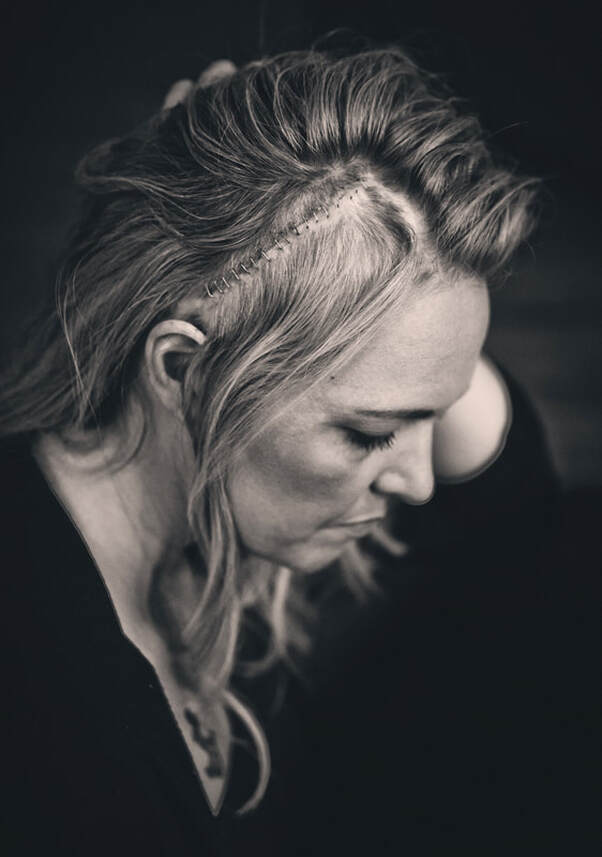 It’s a quiet Sunday afternoon. I’m listening to Jackson Browne and reading back through some journaling I’ve done in the past few months. When I’m sick and having surgeries I definitely find that I write less. Instead, I've made an effort to make short journal entries documenting the day to day events these past few months - as crazy things were unfolding in regards to my health. It feels kind of raw to read about all the little things I have already forgotten about… and I suppose that’s why journaling is so valuable. The days are filled with important moments, and even the painful moments are important. Suffering is meaningless, but the courage that we bring to our suffering gives it meaning. -Victor Frankl I got home from the hospital a little over a week ago. I posted on social media during the 16-day hospital stay and three surgeries, and then for several days once I was home and starting my recovery. During that time, I received so many amazing messages of encouragement and support and I know there were people praying for me all over the world. It was so humbling and comforting. Words can’t describe how it feels, but I am incredibly grateful. Thank you. When I started this blog, I made a commitment to share my story with the public – to support other patients and help educate those who were interested in knowing about my life with hydrocephalus. Sometimes I share a lot of detail about the medical aspect of my surgeries, and other times I feel it’s less important to give specifics. At the end of the day, every single patient with hydrocephalus can have a different experience every single time their shunt malfunctions. That’s just the nature of the condition. So instead of telling you each thing that happened during those 16 days, what I want to share is what I learned during this crazy time – in hopes that those things might help others. Here’s what I learned: A shunt infection doesn’t always look the way you expect it to. I’ve never had a shunt infection before, but just like so many hydrocephalus patients and parents out there, it has been my biggest fear. I’ve always heard the classic symptoms to be fever, headache, and vomiting… and that is usually the case. However, my initial symptoms manifested differently, and even though my medical team jumped right on them, I guess I just either ignored the possibility or was hopeful that it would turn out to be nothing to worry about. It wasn’t until the doctors confirmed in the hospital what they had suspected all along, that the brevity of the whole thing sunk in. The first symptom that showed up for me was a redness and welting directly over my shunt track on my abdomen. I immediately let my neurosurgeon know about it when it showed up, even though it was not accompanied by vomiting, fever, or headache. I actually was feeling pretty good at the time that this all started. I went through two different courses of oral antibiotics, and over those weeks, the severe headache did eventually develop. However, it wasn’t until I was in the hospital with the full-blown infection and my shunt externalized that I had a fever – and I never vomited. Going forward, I will understand that even symptoms that aren’t textbook can lead to a shunt infection. It isn’t going to change the way I live my life – it’s just a new reality. My hospital has an RV parking area with full hook ups for family members of patients. Shunt infections often result in multiple surgeries and a long hospital stay. I can’t say enough about the impact that these difficult and frankly inconvenient episodes cause to a family unit or support system of a patient. I am truly lucky that even as a 39-year-old adult patient, I have an incredible mom who accompanies me to every surgery and hospital stay, regardless of how long. I acknowledge that not everyone has that luxury. But during these hospital visits, my mom and I always try to figure out one or two little things that might make the whole thing just a little easier – even if they are small. It’s our tradition to go over these things on our 3-hour drive home from the hospital. I ask, “What were the game-changers, Mom?” As we made the beautiful drive through the sunny Cascade mountains this time, so happy to finally be heading home after almost a month, we came up with this one. St. Charles is a really nice hospital, and my mom usually stays in the room with me – as we only spend one night, maybe two, on the average shunt surgery trip. But on the 4th or 5th night of this stay, just as I was going in for another surgery and then being transferred into the ICU, our favorite nurse on the Neuro floor mentioned to my mom that the hospital has an area of the parking lot with full RV hookups, specifically for families of patients who travel more than 50 miles. My dad was coming over for my surgery, so he was able to bring my mom their RV, and that provided a much more comfortable way for my parents to stay close to me. I’m not saying this is what you have to do, but just that sometimes focusing on the little “game-changers” make all the difference in these otherwise terrible experiences. Some of our game-changers in the past have been as small as identifying my favorite milkshake on the patient room service menu or remembering noise canceling headphones for my mom so she can rest easier in the room at night. It’s important to acknowledge the little things and constantly learn, as you face forward. Do the things that are actually within your control… no matter how small. There were several days during this process where I was so sick that all I could concentrate on was getting through each hour. Within those hours, I had to choose to stay focused on the very few items that I could actually control. In those crazy hours, as I was fighting the fever and trying to stay sane after being in bed for so many days in a row – I could actively participate in my care by doing one thing… drinking water. By drinking water, I would need to get up to go pee – and by getting up to go pee, I was moving my body. That was what I could do… so I did it. Never underestimate the power of all the small things – it is by the small things that we make big strides. I am a “learner” – I’m aware that not everyone is naturally inclined to applying themselves to new patterns in times of trouble. But I think there are a few things that are universal – and apply to lots of different things. First off, patience and mental control go a long way… especially in the Intensive Care Unit. The bottom line is that processes in a hospital setting take time – they just don’t happen with the snap of your fingers or a frustrated complaint. And often, the nurses wish that they could serve you faster – they just have to go through the protocol. In these times, I try to remind myself that the guidelines they are following are for my own protection, and that there are lots of reasons to be thankful for the quality of care that I am receiving. Lastly, remember that there are opportunities to connect and support others in every situation. Each person working in the hospital is a human being with feelings, stresses, and a life worth respecting. In my darkest times during this infection and all the surgeries, I was met by incredible individuals who were not only willing to get down in the trenches and care for me, but also shared a tiny slice of their own life with me. There were conversations that might have seemed insignificant to some but changed me forever. I will never forget this journey, or the people who helped me get through it. They took a road that was filled with pain and suffering-- and paved it smooth with love and compassion. Thank you for every single prayer, message, and thought. Your love carried me through these days, and your faith held me strong. We’re here on this life path together… maybe for reasons we don’t understand. But we choose to stay – and that is the most beautiful thing you can imagine. Much love and continued health, Am |
AuthorMy name is Amy but friends and family call me Am. I am a lover of dogs, good whiskey, and strength training. I'm a brain surgery survivor (x31), a fiddle player, a construction designer, and a boxing enthusiast. I have six real siblings, and five fake brothers. I love deeply, and consider my close friends to be family. Archives
February 2022
Categories
All
|

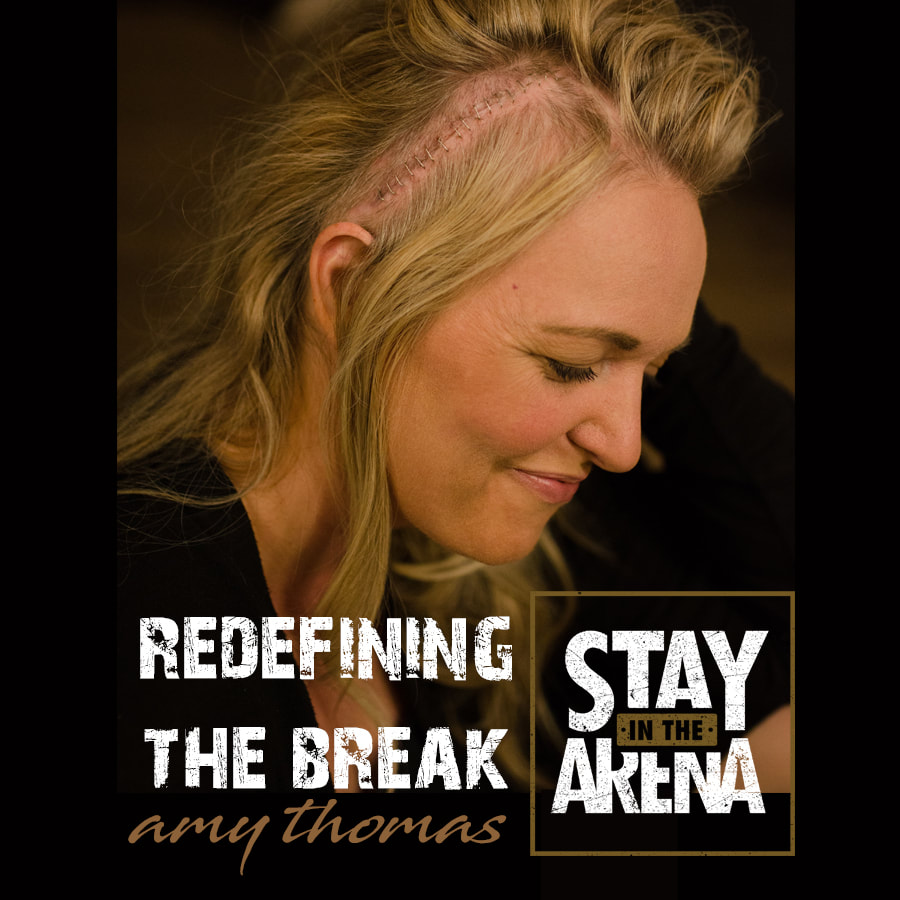
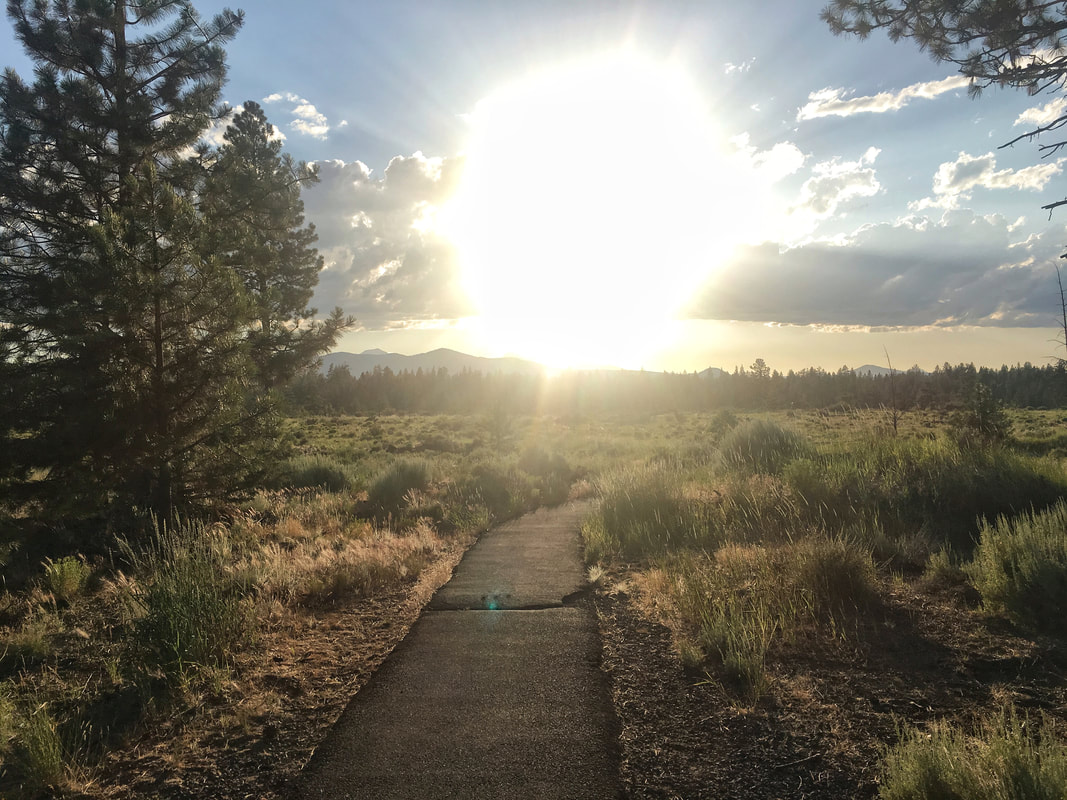
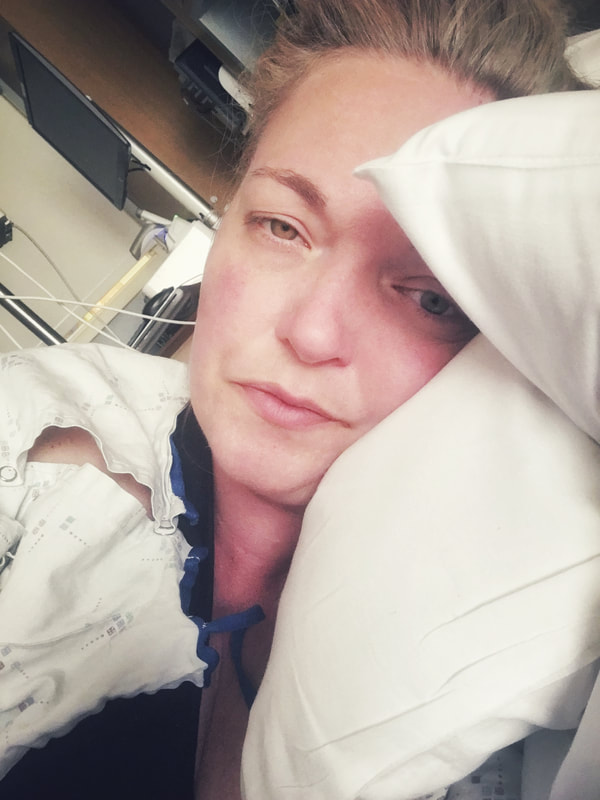
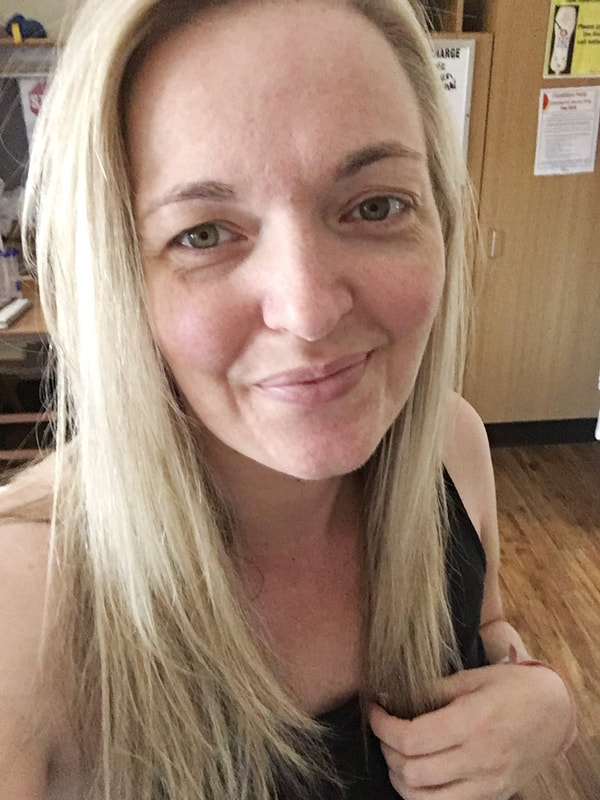
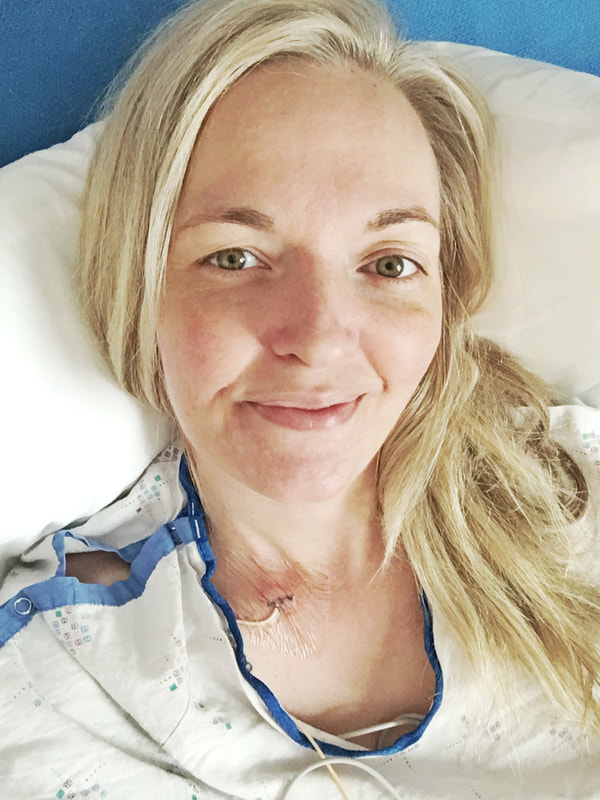
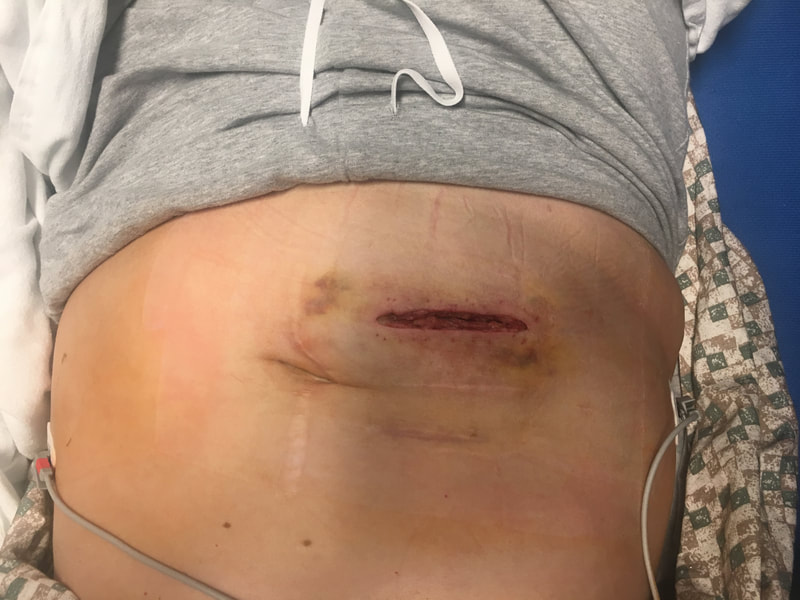
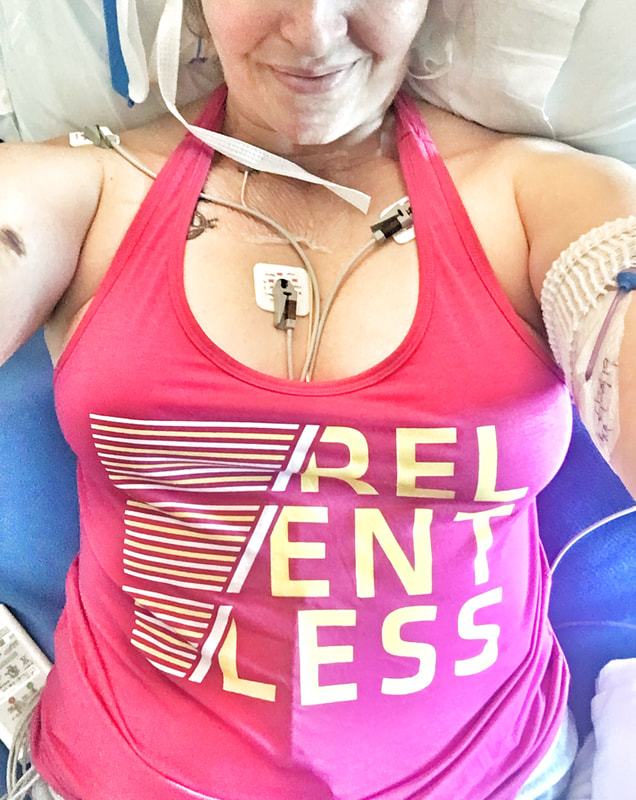
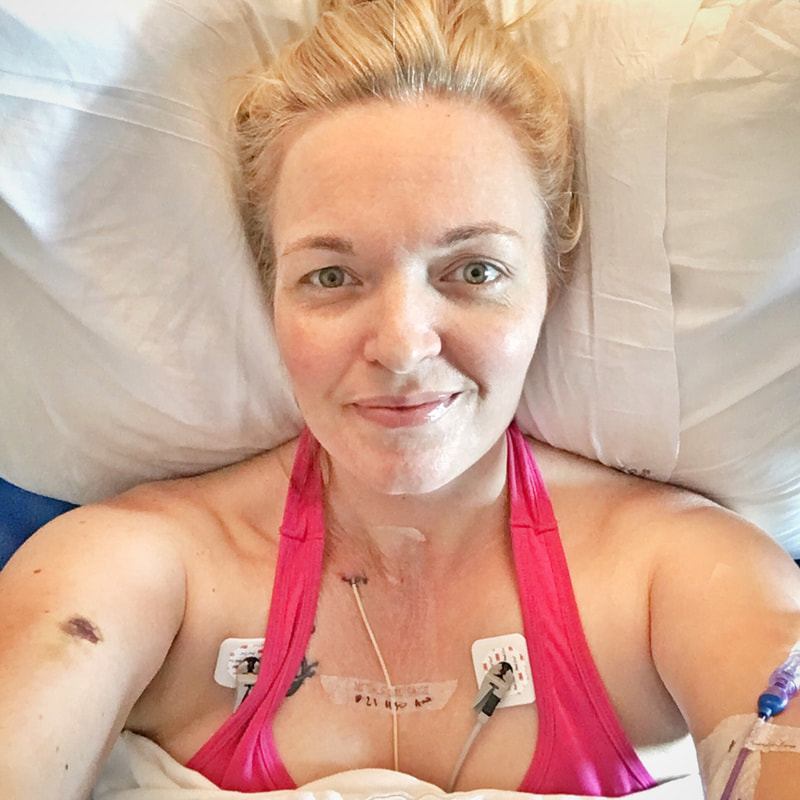
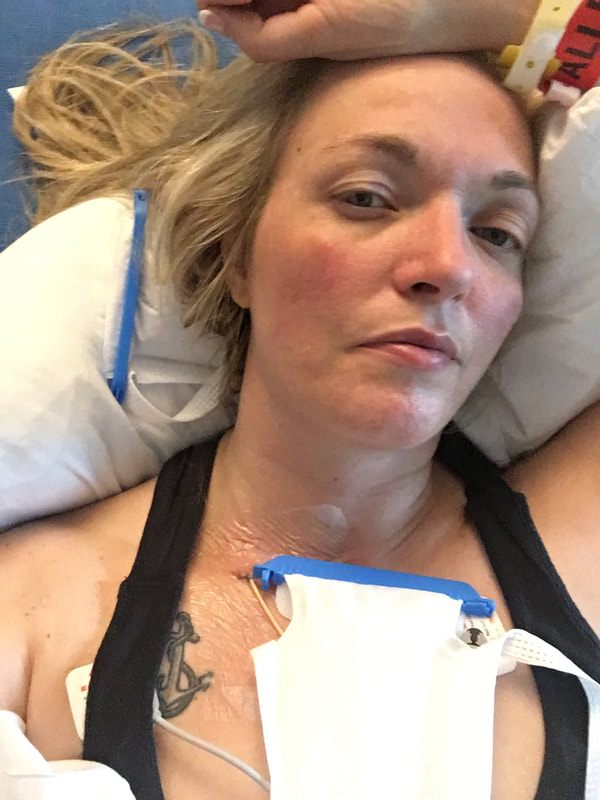
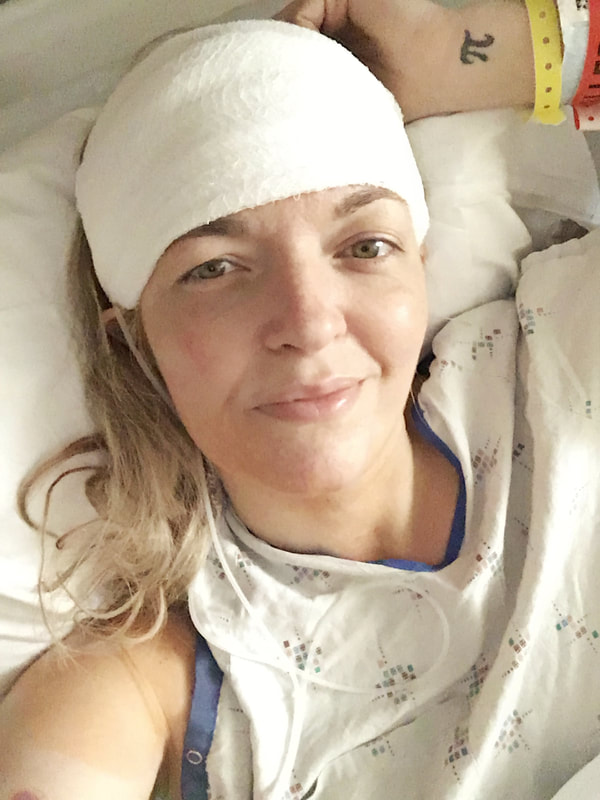
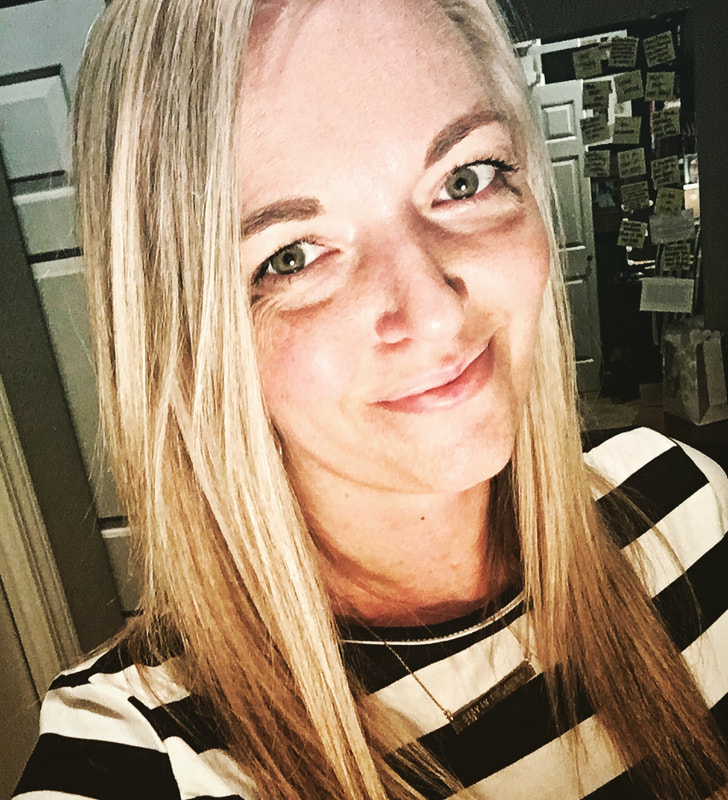

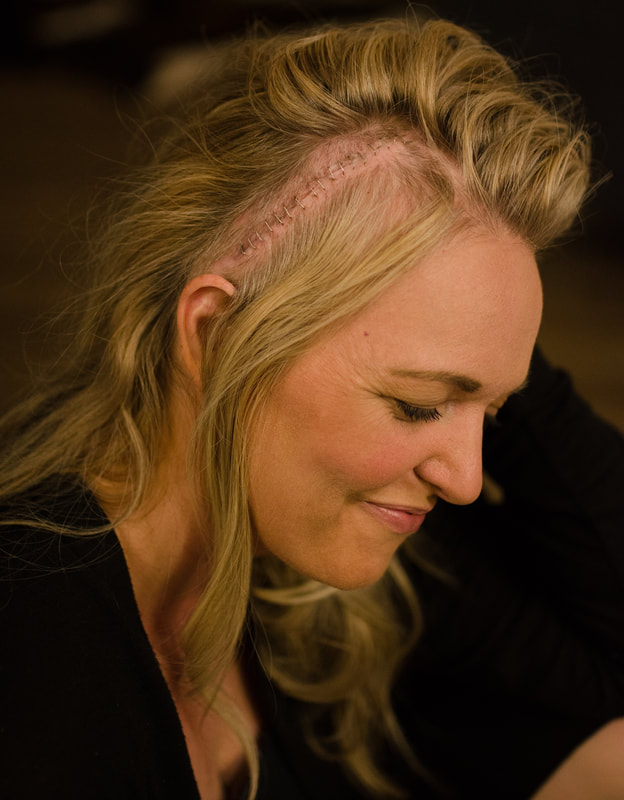
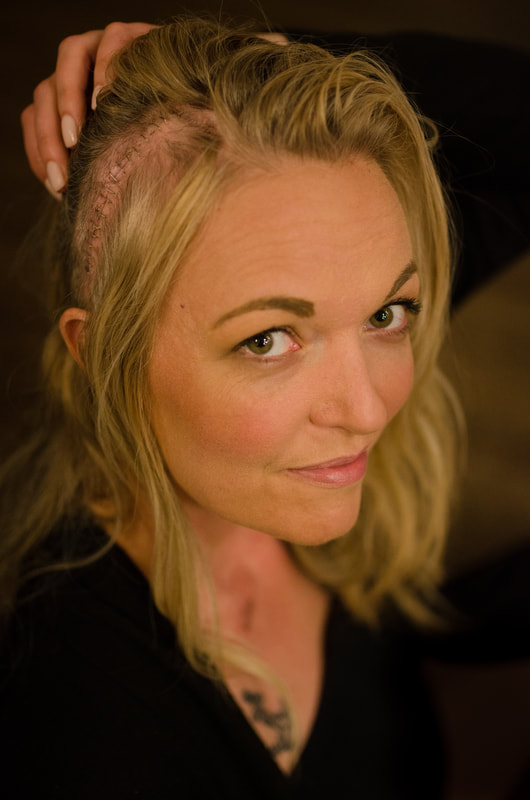
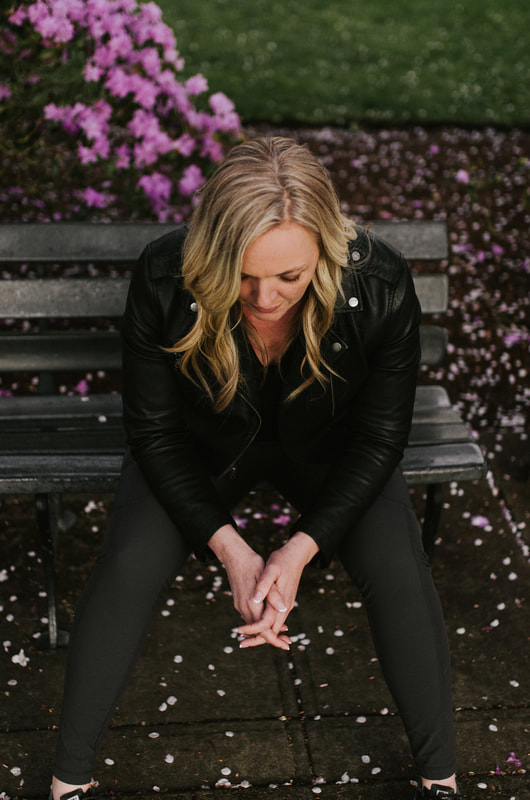
 RSS Feed
RSS Feed